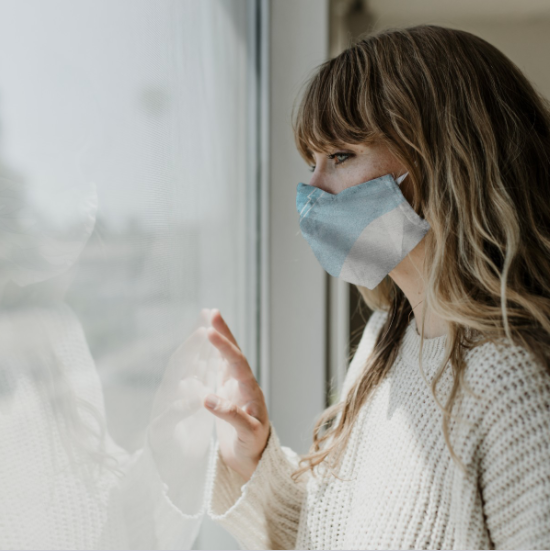There are several types of depression, ranging from a minor mood disorder to postpartum depression and chronic/major depression or dysthymia, which affects millions of people around the world. In a recent podcast, Michelle Obama opened up about having low-level depression.
While some types of depression are caused by an imbalance of brain chemicals, other types are the aftermath of events such as childhood traumas or a harmful environment. Michelle talked about managing the highs and lows of emotion, sleeping problems, and an inconsistent exercise routine.
"These are not...fulfilling times, spiritually," she said, talking about the pandemic, racism, and other current events. Everything from quarantine to seeing numerous stories of "a black person somehow being dehumanized, or hurt, or killed, or falsely accused of something" have all been 'dispiriting,' shared Michelle.
Some of the symptoms she has been sharing with others who have low-level depression include a feeling of heaviness and hopelessness, insomnia, and low self-esteem. Michelle also talked about how keeping a schedule during quarantine is the key to managing the emotional rollercoaster. It is a good time to get to know yourself and do things that bring you joy, she said.
We’ve all been dealing with a lot of change in our lives and our communities. And I couldn't think of anyone better to talk to about this moment then my friend, @michele_norris. You can listen now on @Spotify: https://t.co/9GyFmLFAid #MichelleObamaPodcast pic.twitter.com/fmdOuJlsRO — Michelle Obama (@MichelleObama) August 5, 2020
Low-level Depression
According to Harvard Health Publishing, low-level depression can last for one year in children and teenagers while lasting for at least two years in adults, but lasting for an average of five years. The persistent mood is not as crippling as major depression but can interfere with personal happiness, relationships, school, and work.
Low-level depression usually begins at a young age from early childhood to early adulthood. This kind of depression also typically develops into major depression. Seventy-five percent of people diagnosed with dysthymia usually end up having an episode of major depression.
The primary treatment for depression includes three phases. Although each case of depression is unique, commonly effective treatment is combining medication with talk therapy.

READ ALSO: Mental Health: Depression and Anxiety Overwhelm Students During the Coronavirus Pandemic
Three Phases of Treatment
The acute phase typically occurs within the first two months of low-level depression. During this time, the main goal is for symptoms to become less severe or achieve remission.
Managing the acute phase includes deciding what kind of treatment the patient wants, or the doctor recommends as well and creating goals to be achieved at the end of the treatment. Medication may be added to psychotherapy depending on a person's case.
Next is the continuation phase, where doctors help maximize the progress that patients have made over time. Within the next couple of months, treatment may be adjusted depending on how the patient has been doing, and medication may be modified.
Last is the maintenance phase, which people only go through if the depression is recurrent. The goal is to prevent low-level depression from resurfacing.
In her podcast, Michelle Obama said, "I've gone through those emotional highs and lows that I think everybody feels, where you just don't feel yourself, and sometimes ... there has been a week or so where I had to surrender to that and not be so hard on myself."
READ ALSO: Inflammation as a Biomarker of Depression Can Help Patients That Are Drug-Resistant
© 2026 ScienceTimes.com All rights reserved. Do not reproduce without permission. The window to the world of Science Times.












